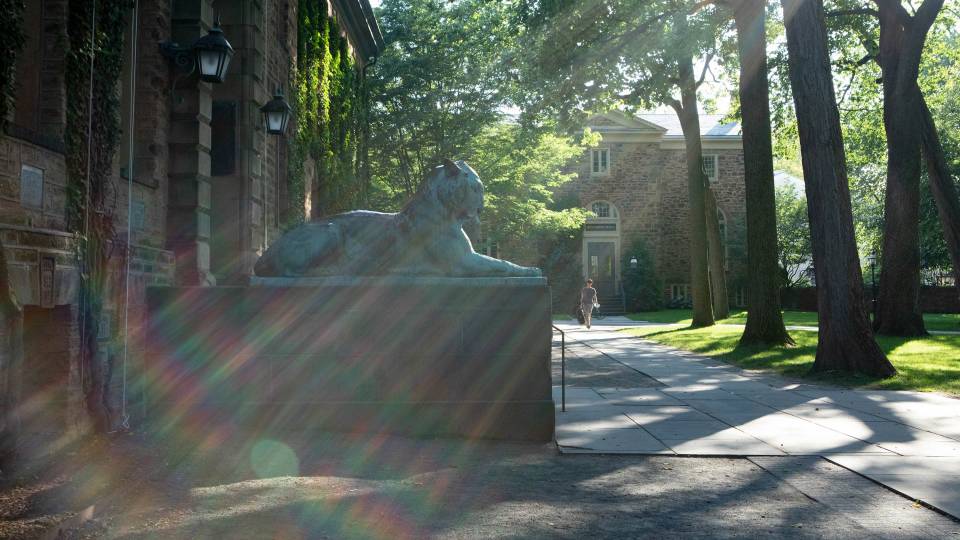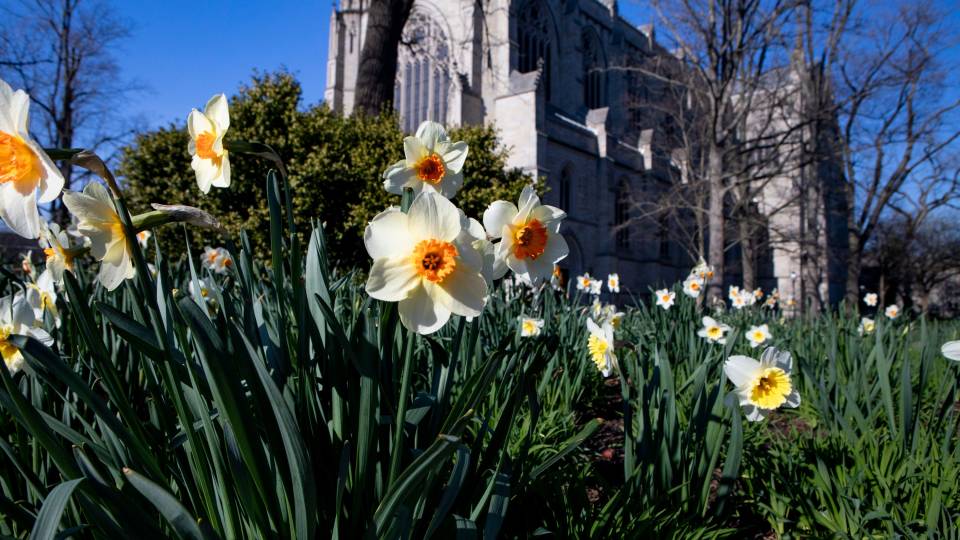The trustees of Princeton University have adopted the University’s operating budget for 2018-19, which includes a 7.7 percent increase to $174.2 million in the undergraduate financial aid budget to continue to ensure that a Princeton education is affordable for every admitted student.
Princeton provides financial aid in the form of grants, which do not have to be repaid. It does not require any borrowing, so students can graduate debt free.

The proportion of students eligible for federal Pell Grants, restricted to low-income students, has increased to 22 percent of students in the Class of 2021, up from 7 percent of the Class of 2008.
Roughly 60 percent of all undergraduates receive aid, and for families earning up to $65,000, the financial aid package typically covers the full cost of tuition plus room and board. For families with incomes of $160,000, the average aid package fully covers tuition, and for families with incomes of $180,000, an average package covers about 75 percent of tuition.
"Access and affordability remain key principles guiding decisions on Princeton’s fee package and financial aid," said Provost Deborah Prentice, the University’s chief budget officer and chair of the student-faculty-staff Priorities Committee that makes budget recommendations to the trustees. "The committee is pleased to endorse an increase in the financial aid budget that maintains Princeton’s commitment to meeting full financial need for all students who are admitted," she said.
The average annual bill next year for students on aid is projected to decrease from $11,505 to $11,050, while the fee package (which includes tuition, room and board) for full-tuition paying families will increase from $62,750 to $65,810. For the 19th year in a row, Princeton will have the lowest fee package in the Ivy League.
Princeton tailors each financial aid package to a family’s particular circumstances. In determining need, it excludes equity in the primary residence and retirement savings and it considers other obligations, such as educational expenses for other children as well as debt and medical bills for dependents.
The University's “stay even” policy insulates students on aid from increasing costs of attendance. Aid packages are recalculated each year to offset increases to tuition, room, board and other expenses and to take into account changes in the family’s financial circumstances.
The University's commitment to access and affordability "has allowed us to diversify the makeup of our student body in exciting and impactful ways," Prentice said. She noted that the percentage of students eligible for Federal Pell Grants has increased to 22 percent in the Class of 2021 from 7.2 percent in the Class of 2008.
"Numerous national news outlets, including Kiplinger’s, continue to highlight Princeton as the top value for the money in higher education, which is a statement both about affordability and about the quality of the education this University provides," Prentice said.
President Christopher L. Eisgruber presented the budget proposal to the trustees during a meeting on April 14.





![Princeton Budget Report: “Gross Family Income = $0-65,000 Average Grant* = $60,375 *Does not have to be repaid; What it covers: Full tuition, room and board [Financial Aid for Admitted Students (Class of 2020)]”](/sites/default/files/styles/half_1x_crop/public/images/2016/04/pricom_WhatItCovers_homepage.jpg?itok=1CiqKMDM)

